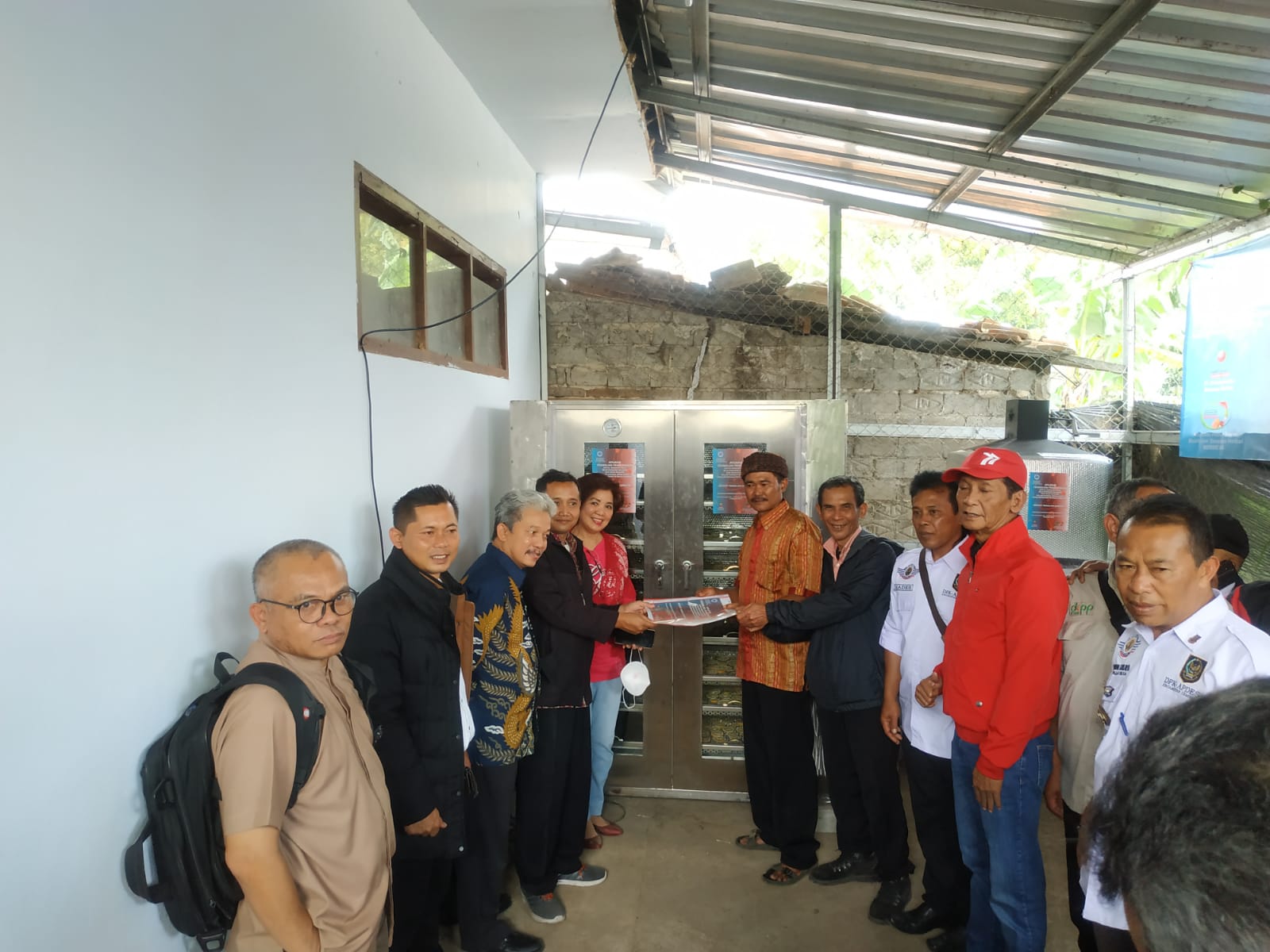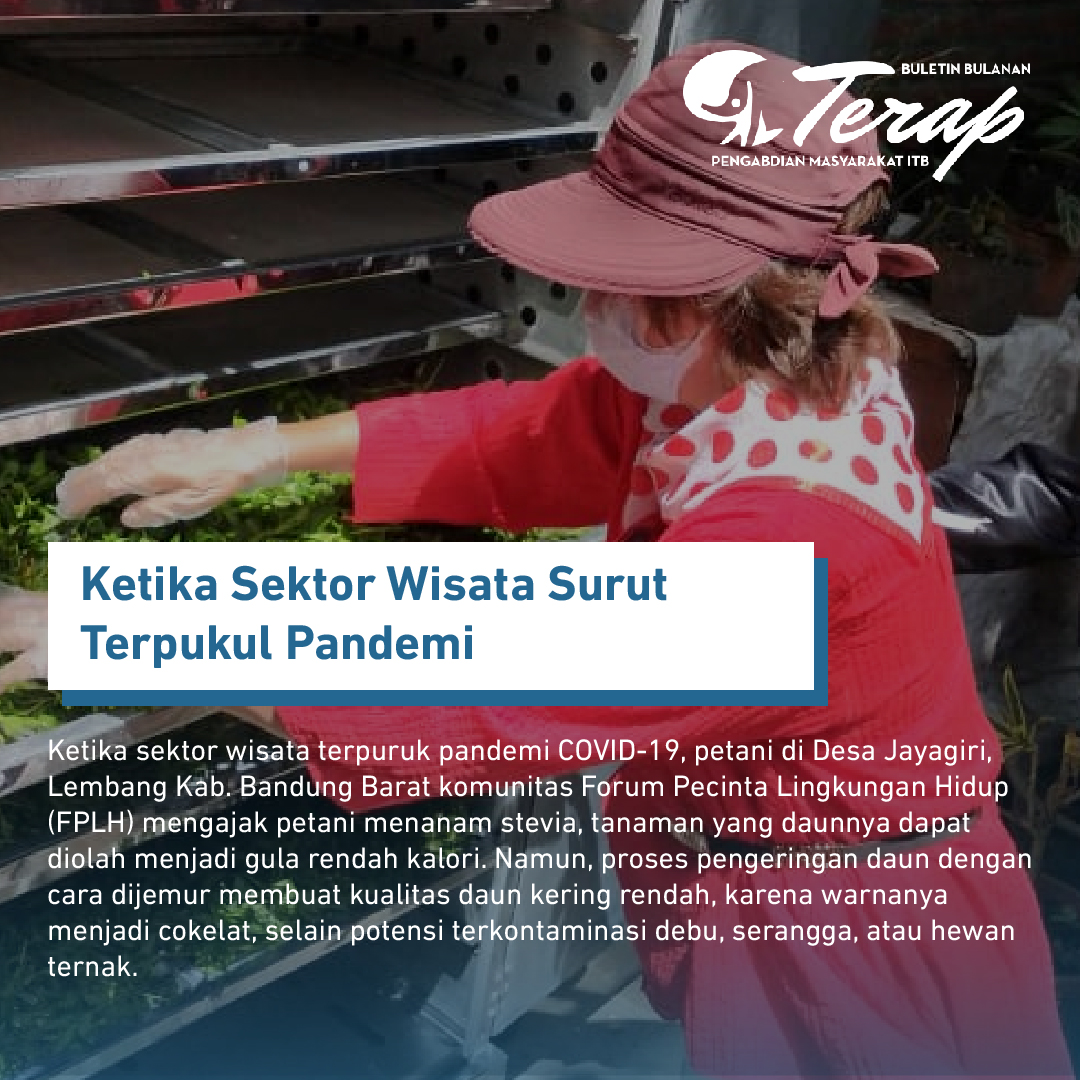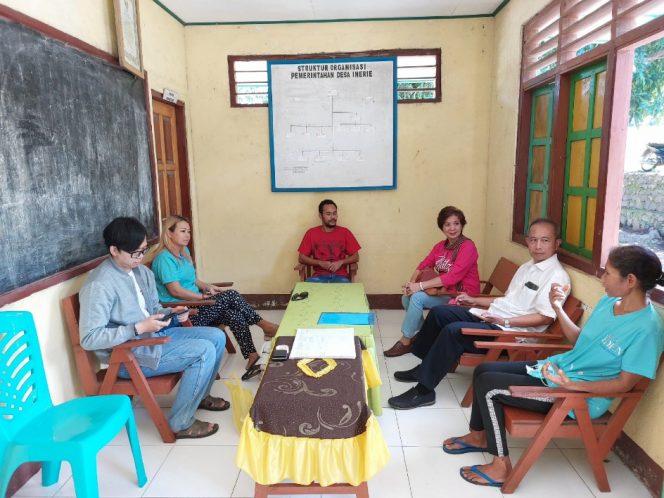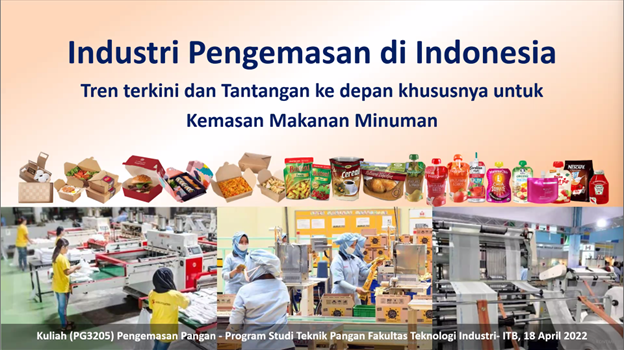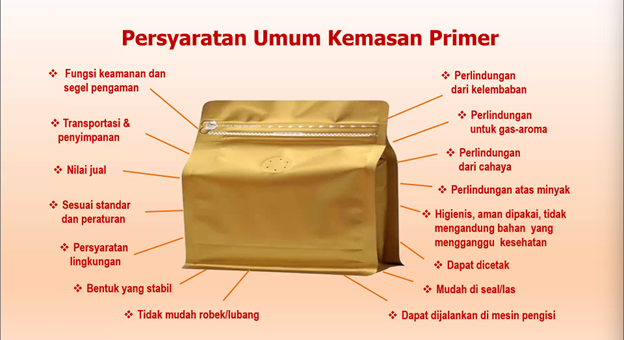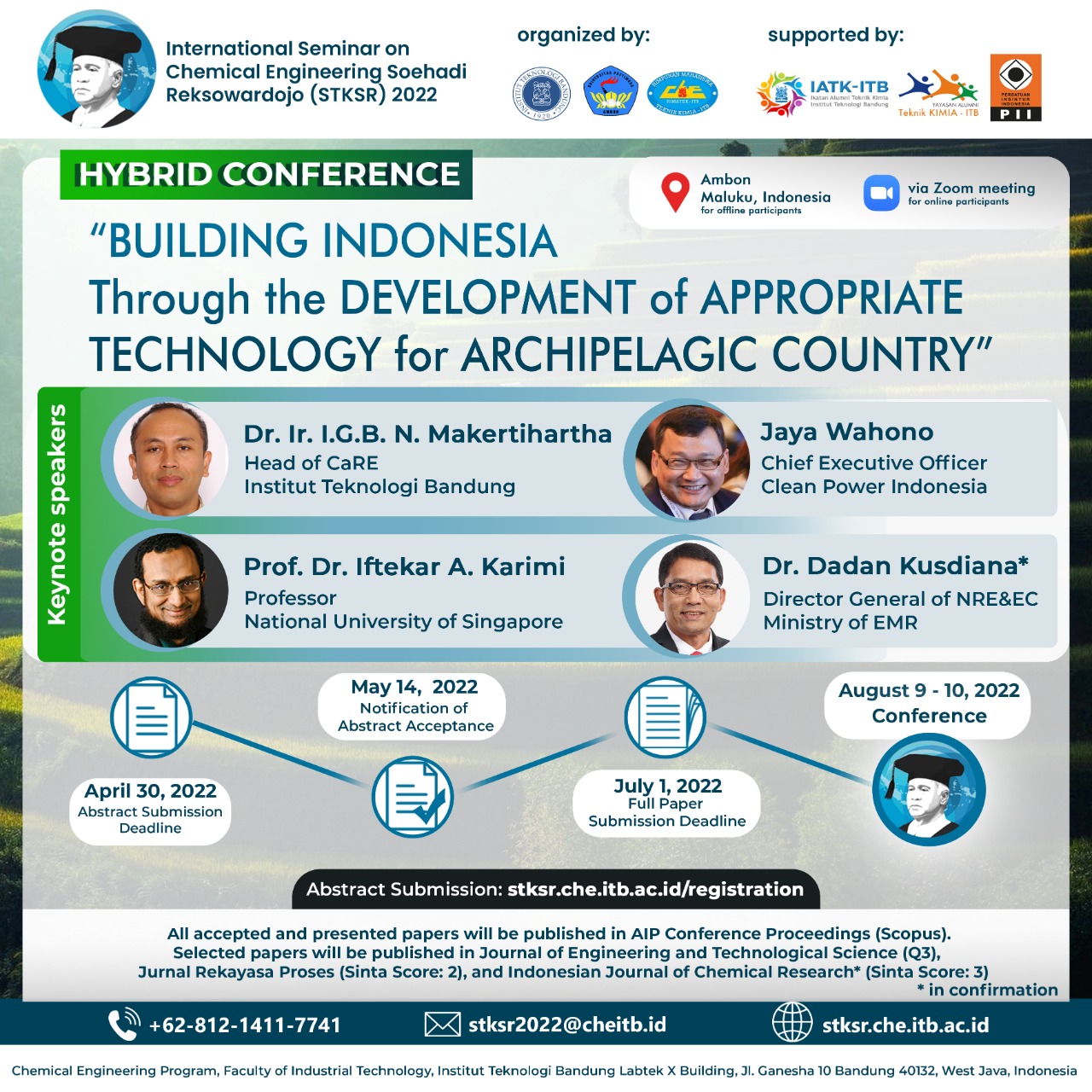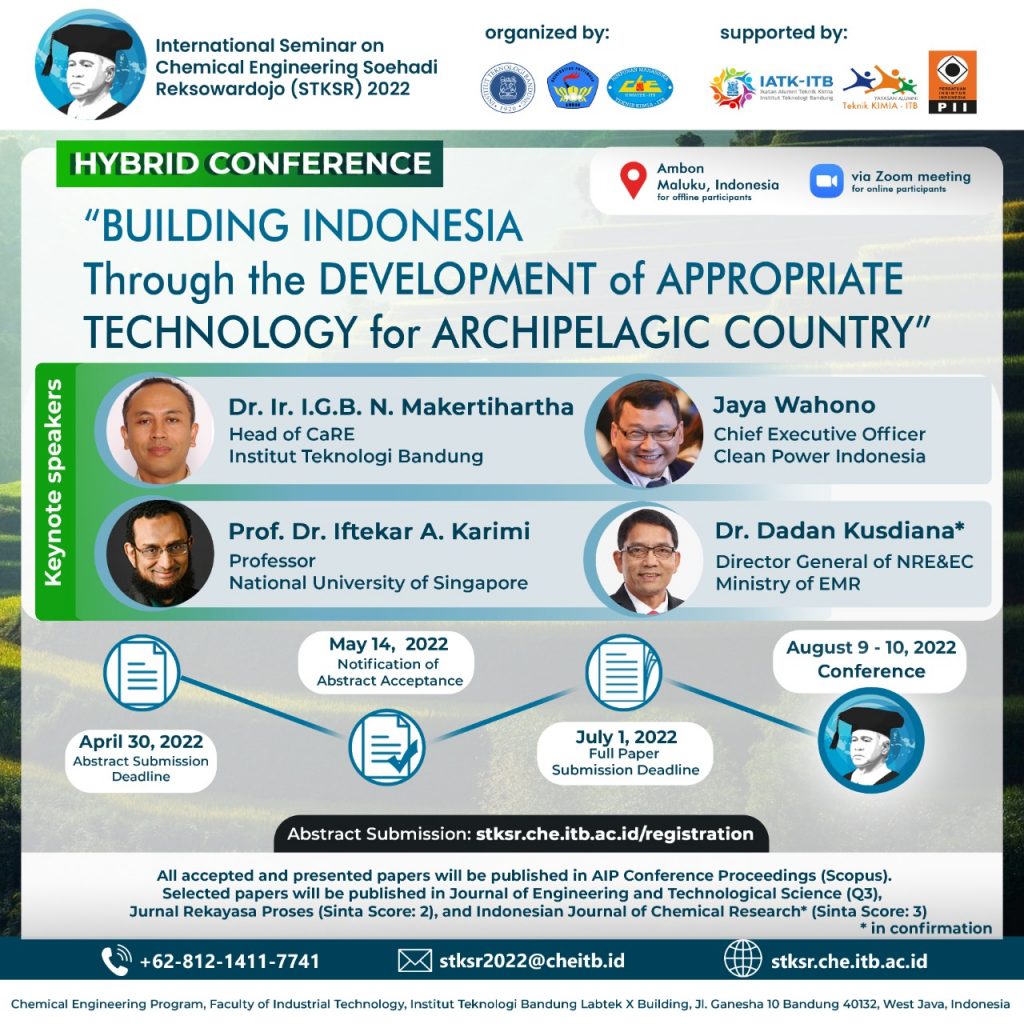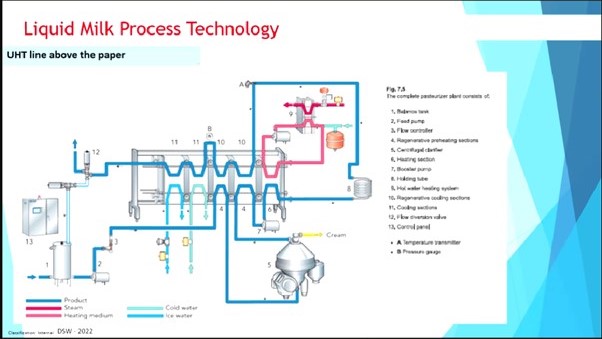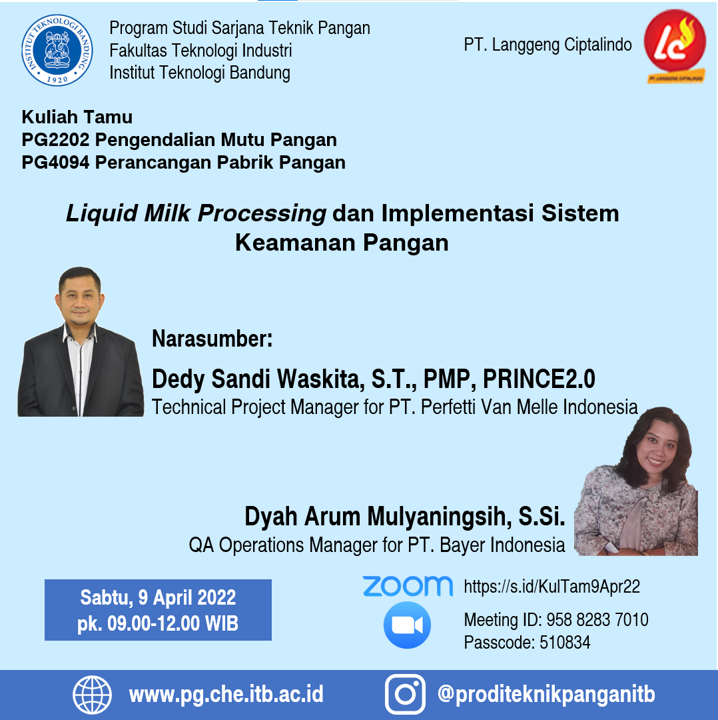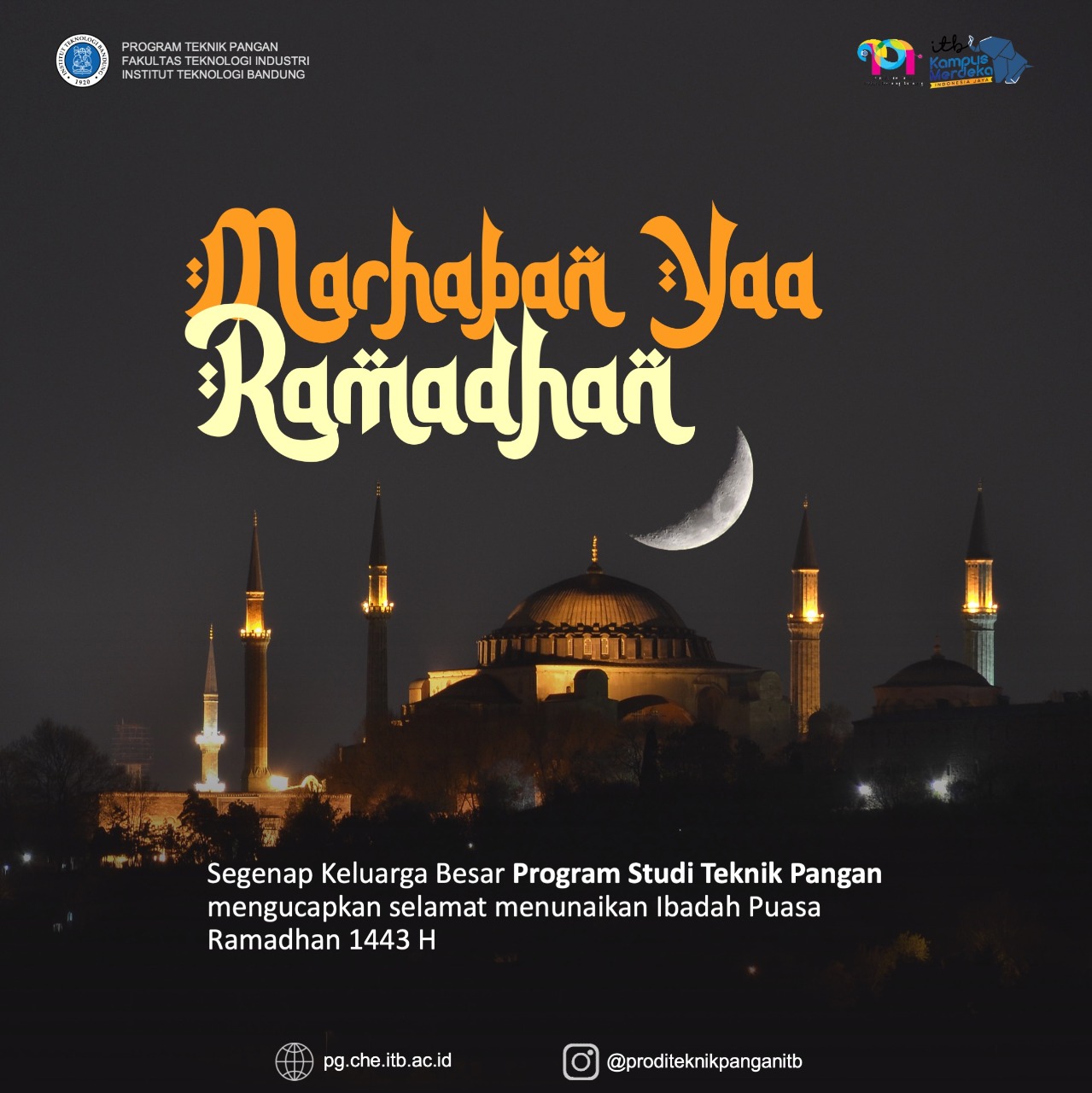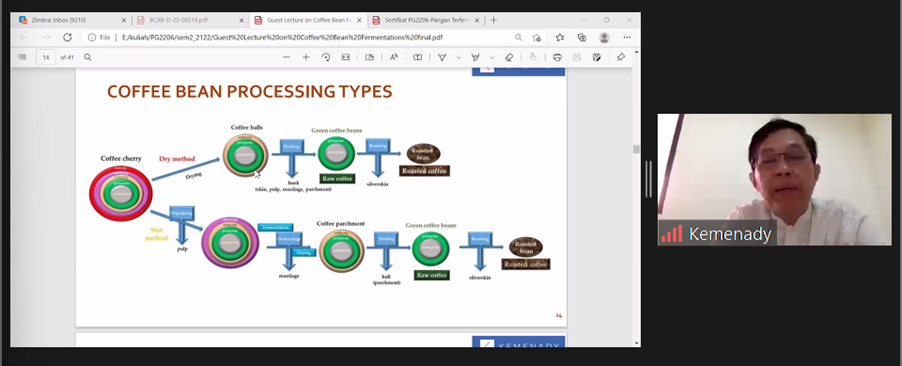[:id]
 Dalam rangka memajukan kesejahteraan petani sayur, buah, dan tanaman herbal di Kecamatan Lembang, Kabupaten Bandung Barat, tim dari LPPM ITB (Lembaga Penelitian dan Pengabdian kepada Masyarakat – Institut Teknologi Bandung) memasang lemari pengering di Kampung Binong RT 01/11, Desa Suntenjaya. Berkolaborasi dengan PT. Aimtopindo Nuansa Kimia serta Asosiasi Petani Sayur, Buah dan Tanaman Herbal “Merdeka”, tim LPPM ITB yang diketuai oleh Bp. Antonius Indarto, S.T., M.Eng., Ph.D telah membangun alat pengering di desa tersebut, dengan tujuan buah, sayuran dan umbi yang dihasilkan dengan berlimpah saat panen raya, sebagian dapat dikeringkan menjadi produk yang bernilai tambah.
Dalam rangka memajukan kesejahteraan petani sayur, buah, dan tanaman herbal di Kecamatan Lembang, Kabupaten Bandung Barat, tim dari LPPM ITB (Lembaga Penelitian dan Pengabdian kepada Masyarakat – Institut Teknologi Bandung) memasang lemari pengering di Kampung Binong RT 01/11, Desa Suntenjaya. Berkolaborasi dengan PT. Aimtopindo Nuansa Kimia serta Asosiasi Petani Sayur, Buah dan Tanaman Herbal “Merdeka”, tim LPPM ITB yang diketuai oleh Bp. Antonius Indarto, S.T., M.Eng., Ph.D telah membangun alat pengering di desa tersebut, dengan tujuan buah, sayuran dan umbi yang dihasilkan dengan berlimpah saat panen raya, sebagian dapat dikeringkan menjadi produk yang bernilai tambah.
“Dengan adanya lemari pengering ini, para petani di Desa Suntenjaya dapat menghasilkan produk-produk kering hasil pertanian dan perkebunan tanpa tergantung pada cuaca”, ungkap Antonius Indarto saat ini juga menjabat sebagai Ketua Program Studi Sarjana Teknik Bioenergi dan Kemurgi ITB. Produk-produk kering tersebut memiliki waktu simpan yang lebih panjang sehingga mencegah pembusukan di saat panen raya, di mana harga komoditas pertanian dan perkebunan anjlok atau sulit terjual. Dengan proses pengeringan, nilai ekonomi produk meningkat sehingga para petani dapat memperoleh penghasilan tambahan.
Selain Antonius Indarto, tim dari LPPM ITB beranggotakan Prof. Dr. Ir. Lienda A. Handojo, M.Eng. yang merupakan dosen Prodi Teknik Pangan ITB, Dr. Eng. Pramujo Widiatmoko, S.T., M.T., dosen Prodi Teknik Kimia ITB, dan Giovanni Arneldi Sumampouw, S.T., M.Sc., asisten pada Prodi Teknik Pangan ITB “Pendekatan multidisiplin digunakan karena perancangan lemari pengering ini memperhitungkan berbagai aspek, mulai dari segi kualitas pangan agar sesuai dengan permintaan pasar, hingga efisiensi energi agar biaya pengeringan tidak terlalu tinggi,” ujar Prof. Lienda yang juga merupakan Ketua Kelompok Keahlian Teknologi Pengolahan Biomassa dan Pangan ITB.
Para petani Desa Suntenjaya yang tergabung dalam Asosiasi Petani Sayur, Buah, dan Tanaman Herbal Merdeka juga menyambut baik bantuan peralatan pengering ini. Ketua Asosiasi, Bp. Nandang Kosim, mengatakan bahwa buah dan umbi yang tidak diterima pasar karena bentuk yang kurang baik dan ukuran yang terlalu kecil kini dapat diolah menjadi produk kering.
Produk-produk kering yang dihasilkan telah memiliki pangsa pasar yang luas. Buah lemon kering banyak dicari sebagai pugasan (garnish) minuman yang dapat menambah rasa dan aroma segar lemon. Umbi bit kering dapat dijadikan tepung untuk produksi kue dengan warna merah khas bit dan kandungan nutrisi yang baik. Desa Suntenjaya juga mulai dikenal sebagai produsen kopi berkualitan tinggi sehingga keberadaan lemari pengering ini dapat meningkatkan kapasitas produksi kopi untuk memenuhi permintaan pasar. Produk-produk ini juga memiliki nilai ekonomis tinggi , seperti jeruk lemon misalnya setelah dikeringkan nilai jualnya jadi lebih tinggi bahkan bisa awet berbulan-bulan. Contohnya jeruk lemon yang dijual 3000,-/kg setelah dikeringkan harganya naik berlipat ganda . Ia menyebutkan untuk jeruk lemon kering biasa dihargai Rp 40.000/200 gram dan jeruk lemon kering super Rp 90.000/200 gram.

Dalam acara serah terima bantuan peralatan pengeringan dari LPPM ITB kepada Asosiasi Merdeka yang diselenggarakan pada tanggal 7 September 2022, hadir beberapa tokoh masyarakat yaitu:
- Direktur PT Aimtopindo Nuansa Kimia Yanus Sasongko,
- Anggota DPR RI Yadi Srimulyadi,
- Sekdis DKPP KBB Alit Rukmana,
- Camat Lembang Herman Permadi,
- Kades Suntenjaya Asep Wahono,
- Kades Cibodas Dindin Sukaya.

“Kami berharap kegiatan pengabdian kepada masyarakat LPPM ITB di Desa Suntenjaya dapat berkelanjutan dan tidak berakhir hanya pada pemasangan alat pengering ini. Panel surya akan ditambahkanagar sebagian bahkan seluruh kebutuhan listrik lemari pengering dapat berasal dari matahari,” ungkap Antonius Indarto. “Program ini juga dapat berkembang lebih jauh dengan bantuan ahli lain dari ITB misalnya untuk membuat sistem pemasaran digital, sehingga produk-produk hasil lemari pengering ini dapat menembus pasar” imbuh Lienda yang bersama tim tahun lalu telah membangun lemari pengering Stevia di Desa Cikidang, Lembang.

[:]

